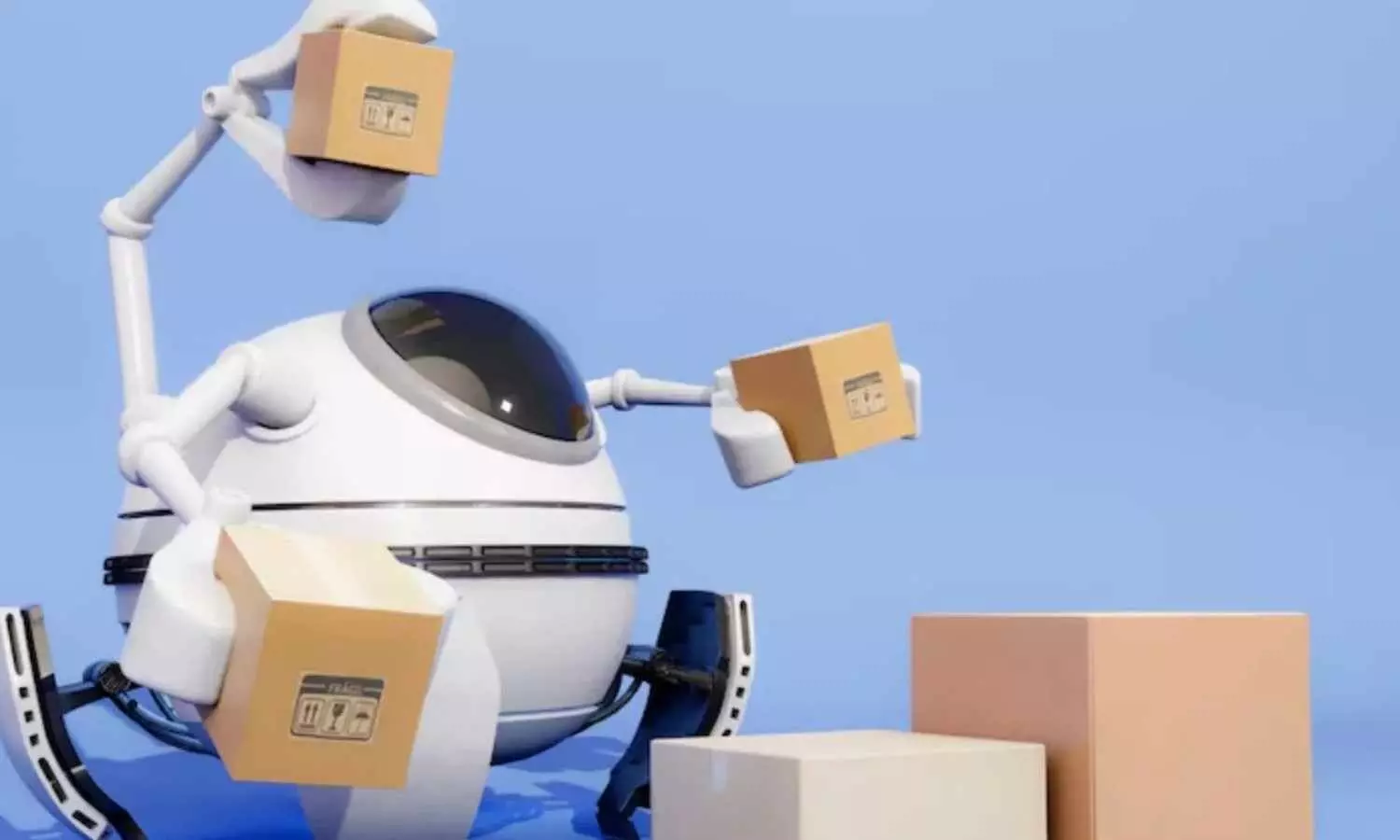Amazon to Launch Robot Delivery Service, Replacing Human Couriers in 2025
Amazon is set to deploy delivery robots, replacing human couriers in 2025. Learn how this shift to automation will impact package delivery, logistics, and jobs
Amazon to Launch Robot Delivery Service, Replacing Human Couriers in 2025

Amazon is reportedly advancing its automation ambitions faster than previously expected, working on sophisticated artificial intelligence (AI) software to control humanoid robots that may eventually replace human delivery drivers. This bold move is part of the company’s broader strategy to enhance efficiency and reduce costs throughout its vast logistics network.
According to sources, Amazon is not only building this advanced AI but is also creating a dedicated test environment dubbed a “humanoid park” in San Francisco. This facility will simulate real-world delivery challenges, featuring indoor obstacles like doorways, stairs, and even a stationary Rivian electric delivery van. The aim is to expose robots to unpredictable, complex environments similar to actual delivery scenarios such as navigating around pedestrians or maneuvering in tight urban spaces.
In its early stages, Amazon is expected to rely on hardware developed by external robotics firms, such as Unitree Robotics. The company’s Unitree G1 robot may be among the initial test subjects. By working with various robot models, Amazon can collect a broader range of training data to refine its proprietary AI.
Looking ahead, Amazon envisions loading these humanoid robots into its expanding fleet of Rivian electric vans, enabling them to step out and deliver packages directly to customers’ doorsteps. This marks a significant shift from the company’s existing automation efforts, which have so far been largely confined to warehouse and fulfillment operations.
Amazon has already embraced robotic systems in its warehouses and has been vocal about incorporating AI to optimize everything from storage to last-mile delivery. While the company hasn’t provided an official timeline for deploying these humanoid delivery robots, the scale of current developments suggests serious momentum.
This shift toward automated delivery also sparks broader conversations about the future of employment in logistics. While Amazon emphasizes that its current warehouse robots are designed to assist human workers and improve safety, the long-term goal of replacing human couriers with machines could lead to significant workforce changes.
As AI continues to evolve, Amazon’s investment in automation underscores a fundamental transformation in e-commerce logistics driven by the relentless pursuit of faster delivery, greater accuracy, and lower costs.

